
What food should I give my dog for itchy skin?
Watching your dog gnaw at their paws until they’re red or rub their face against the couch nonstop is hard to ignore.
Huskies’ thick double coats are perfect for cold weather—but they also mean hair on your couch, clothes, and even your morning coffee. The first step to taming the mess is regular brushing; a slicker brush or undercoat rake works best to pull out loose fur before it ends up on your rugs. Aim for 15 minutes a day, especially during shedding seasons (spring and fall), when their coats blow out in clumps.
Bathing your Husky strategically helps too—use a de-shedding shampoo and conditioner, and dry them thoroughly with a high-velocity dryer to blow loose fur off their coat. But don’t overdo it; bathing too often strips their skin of natural oils, which can make shedding worse. A friend with two Huskies swears by monthly baths paired with a post-bath brush-out—she says it cuts down on loose hair by half.
Your home setup matters, too. Invest in a pet hair vacuum (look for ones with HEPA filters) to clean upholstery and floors quickly. Lint rollers are a must for clothes, and throwing a washable blanket on your favorite chair can catch fur before it sticks. If you rent, check your lease—some landlords require regular pet hair cleanup to avoid damage, so staying on top of it keeps you compliant.
 Diet plays a bigger role than you might think. A high-quality food with omega-3 fatty acids (like salmon or flaxseed) keeps your Husky’s coat healthy and reduces excessive shedding. Avoid cheap kibble with lots of fillers—these can lead to dry skin and more loose fur. Most vets recommend checking the ingredient list to make sure protein is the first item, which supports a strong coat.
Diet plays a bigger role than you might think. A high-quality food with omega-3 fatty acids (like salmon or flaxseed) keeps your Husky’s coat healthy and reduces excessive shedding. Avoid cheap kibble with lots of fillers—these can lead to dry skin and more loose fur. Most vets recommend checking the ingredient list to make sure protein is the first item, which supports a strong coat.
Regular exercise helps control shedding, too. Huskies are high-energy dogs, and a tired pup is less likely to shed from stress or boredom. Take them for long walks, play fetch in the park, or try dog sports like agility—this not only keeps their coat in good shape but also follows local leash laws (most areas require dogs on leashes in public spaces). Skipping exercise can lead to more shedding, and even behavioral issues that make cleanup harder.
Stopping Husky hair from taking over your home takes consistency, not perfection. With regular brushing, smart grooming, and a pet-friendly home setup, you can keep the mess manageable. Remember, a little daily effort beats spending hours cleaning up fur on weekends—and it keeps both you and your Husky happy, healthy, and on the right side of local rules.

Watching your dog gnaw at their paws until they’re red or rub their face against the couch nonstop is hard to ignore.
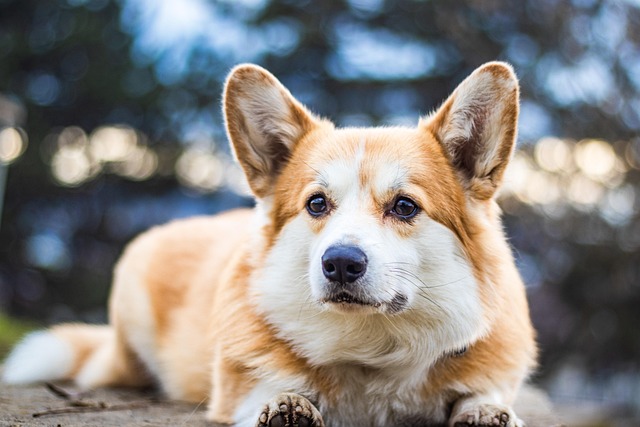
Walk into any pet store in a suburban mall, and you’ll see shelves split clearly between bags labeled “puppy” and “adult” food. Many new owners wonder if grabbing the adult option works, but the answer goes beyond just taste.
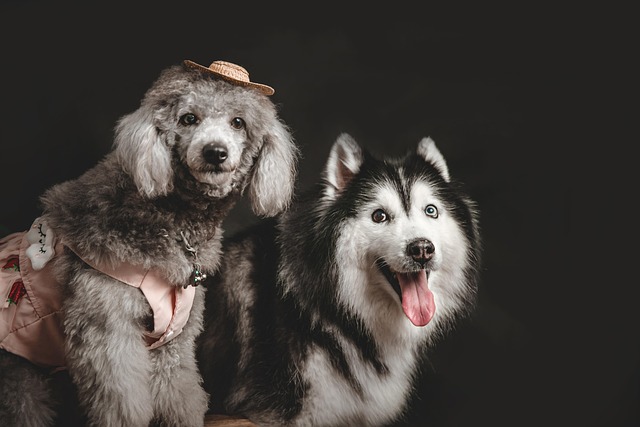
Extra weight can strain your dog’s joints and raise their risk of diabetes, so starting a home weight loss plan needs small, consistent steps.
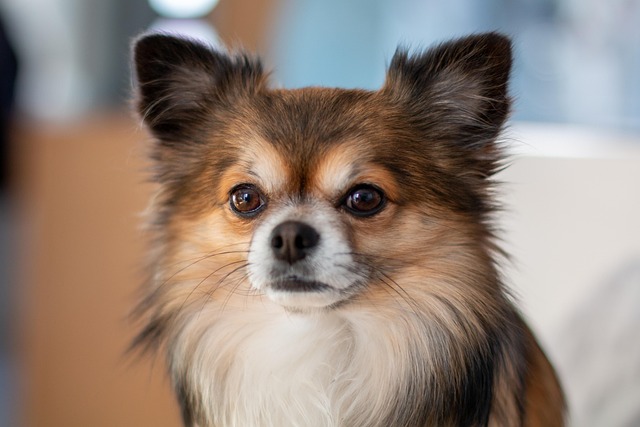
Finding a tick on your dog can spike anxiety—especially if you’re midway through a hike or just finished playing in the backyard—and you’ll want a solution that works fast without harming your pet.
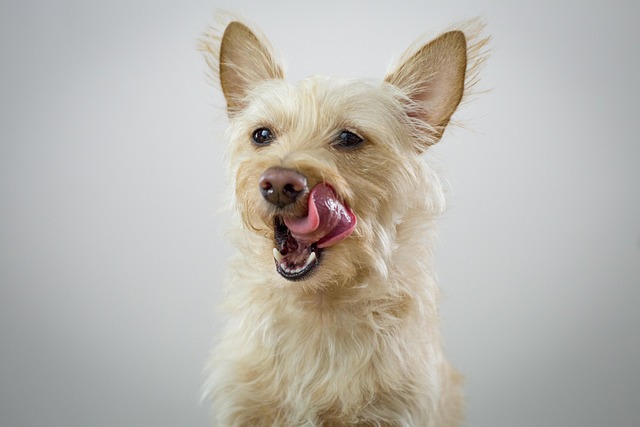
After a hike in the woods or a walk through tall grass, it’s common to spot a tiny tick clinging to your dog’s fur—don’t panic, but act fast to remove it properly.
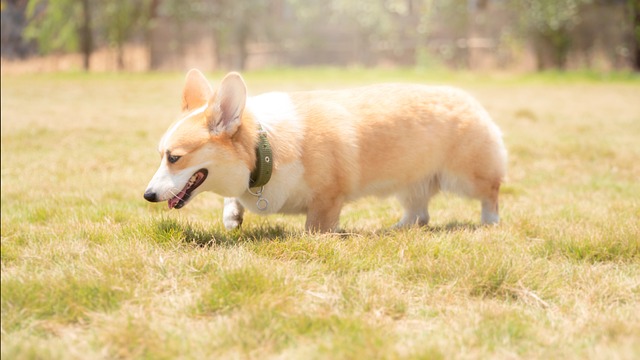
Noticing your dog’s waistline disappear and hearing them pant on a short walk can be a wake-up call. You want to help them shed those extra pounds quickly